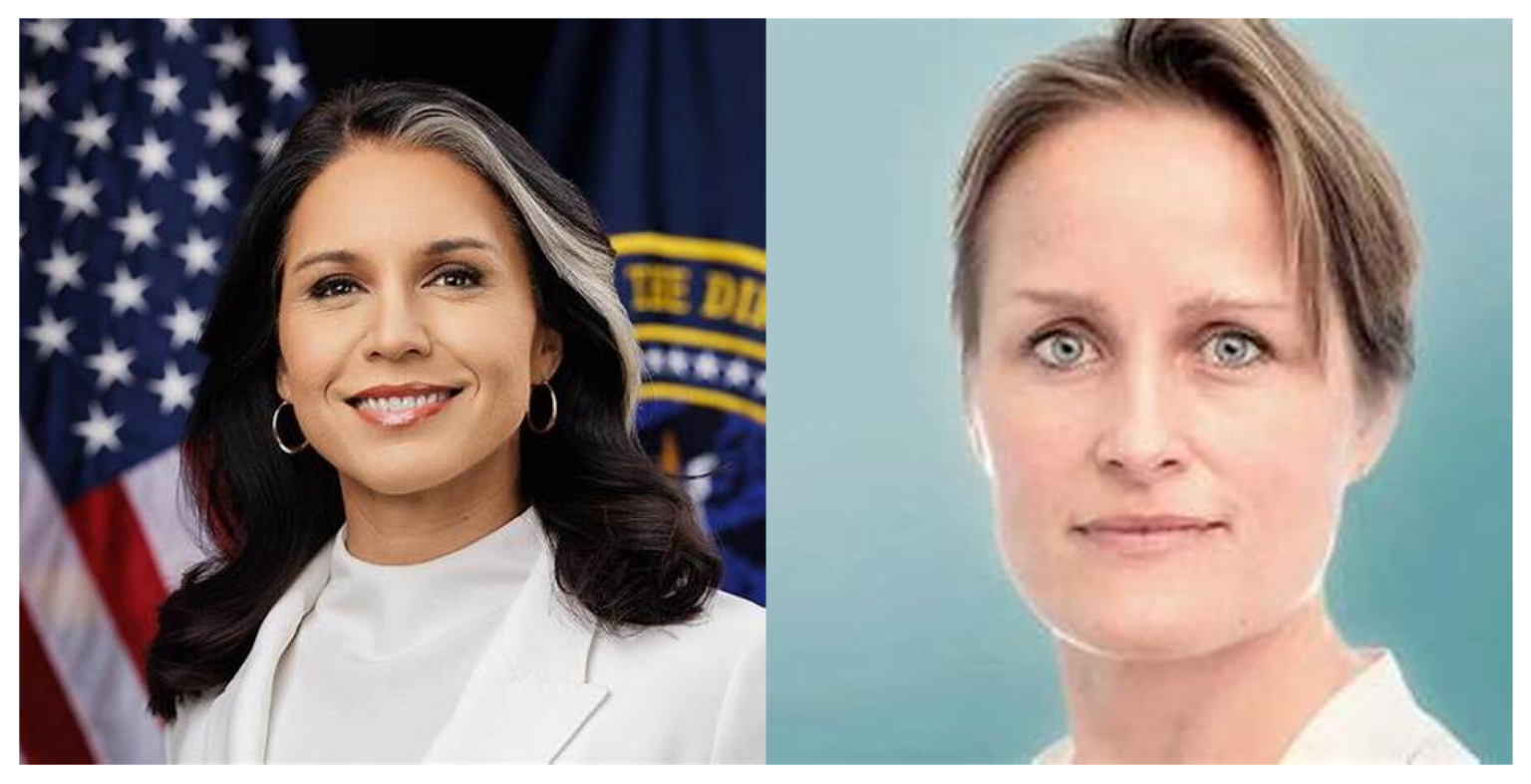In the hidden corridors of power, where secrets shape nations and silence is the cost of survival, a quiet revolution has taken place. Once relegated to the margins of espionage lore, women are no longer mere cogs in the intelligence machine. They are now at its helm.
The year 2025 marks an extraordinary inflection point in the shadowy world of global intelligence.
In Washington, D.C., Tulsi Gabbard, a combat-tested veteran and former congresswoman, has shattered precedent as the Director of National Intelligence under President Donald Trump. With both military grit and political poise, she commands the sprawling US intelligence apparatus.
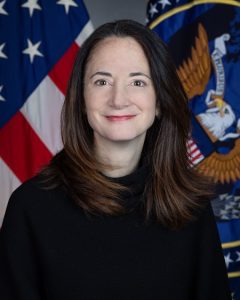
Her predecessor under former President Joe Biden was also a woman, Avril Haines.
Across the Atlantic, history is also being written with appointment of Blaise Metreweli as the first woman chief of MI6, the United Kingdom’s storied foreign intelligence service.
In a twist that even Bond would not have seen coming, Metreweli’s ascension completes a remarkable trifecta: for the first time in British history, women lead all three major intelligence agencies: MI6, MI5, and GCHQ.
But this ascent did not begin in 2025.
In 2023, Anne Keast‑Butler became the first female Director of GCHQ, the signals and cyber‑intelligence agency.
Three years before Judi Dench played the role of first female boss of MI6 in the James Bond film, GoldenEye, Stella Rimington became the first woman director general of the real MI5 in 1992 and the led the espionage team till 1996.
MI5 had also a woman chief with Eliza Manningham‑Buller from 2002 to 2007.
And now, with the appointment of Blaise Metreweli as the first female head of MI6, all three agencies have had women at the top.
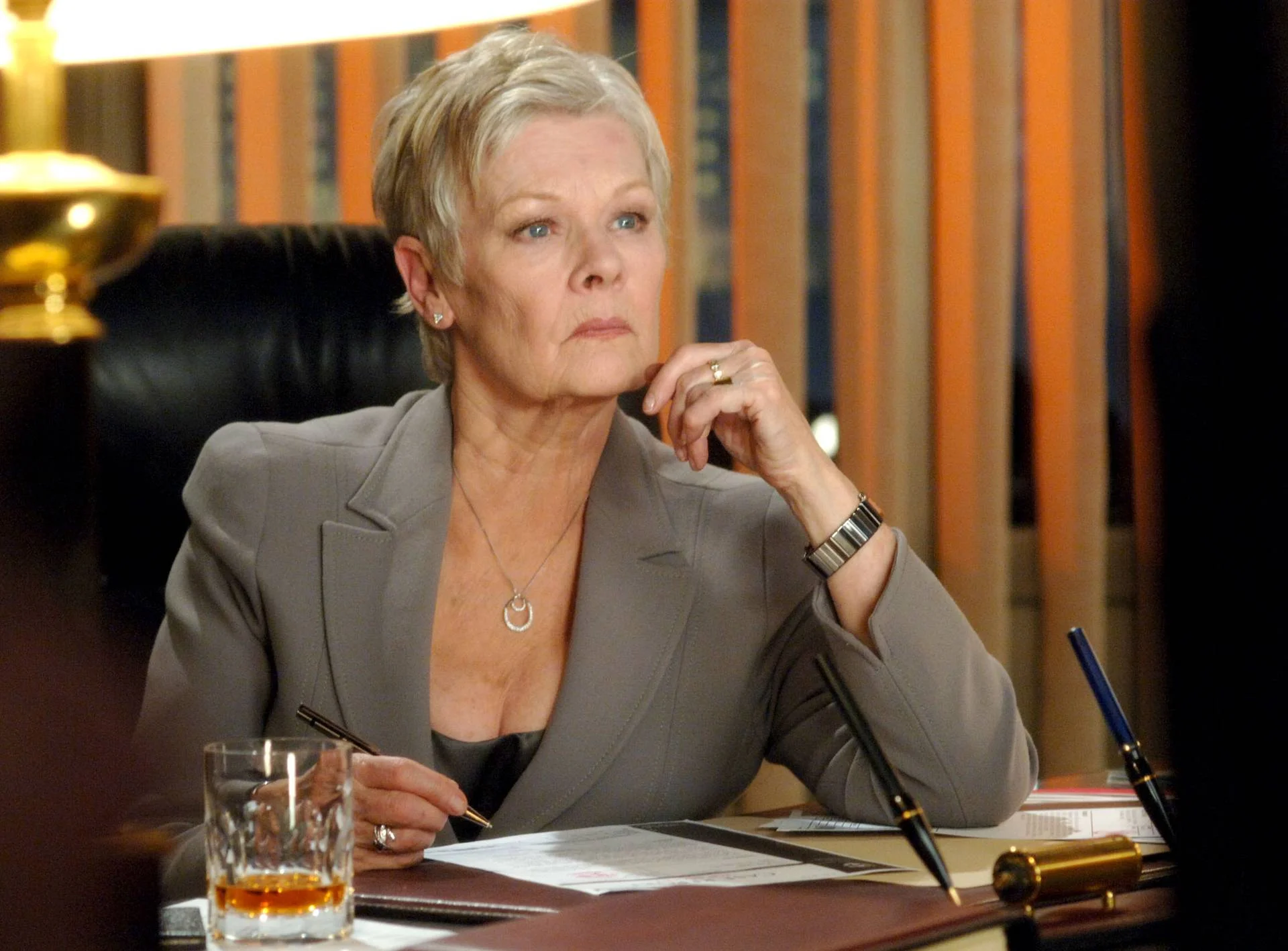
Metreweli, who began her espionage career in MI5 before transferring to MI6 in 1999, is no stranger to the agency’s labyrinthine inner workings. Her most recent role as Director General of Technology signals a future-facing leadership style at a time when digital warfare and AI espionage define modern intelligence.
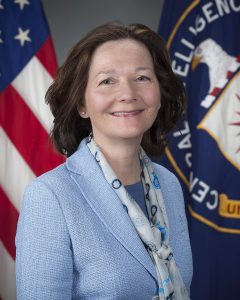
This autumn, she will step into the iconic role of “C”, the codename for MI6’s top chief, once reserved exclusively for men in smoke-filled rooms.
The pattern is global. In the United States, Avril Haines served as the first female Director of National Intelligence under former President Joe Biden. Gina Haspel took charge of the CIA from 2018 to 2021, becoming the first woman to lead the world’s most powerful intelligence agency.
In Australia, Kerri Hartland currently directs ASIS, the nation’s foreign intelligence service.
These names are more than milestones– they are the culmination of a legacy of risk, resilience, and resistance.
Decades earlier, in the crucible of World War II, women risked their lives far behind enemy lines.
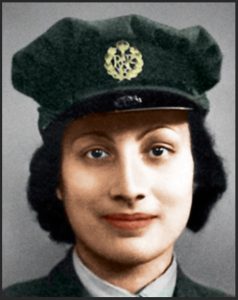
Noor Inayat Khan, a British SOE agent of Indian descent, transmitted intelligence from occupied France before being captured, tortured, and executed by the Nazis– never having betrayed a single secret.
Violette Szabo, with nothing but courage and a Sten gun, took part in sabotage missions before facing the same fate.
Virginia Hall, an American spy with a prosthetic leg and an unbreakable spirit, organised French resistance cells and dodged the Gestapo with cold precision. Winston Churchill reportedly called her “the most dangerous woman in Europe.”
Even the other side had its heroines.
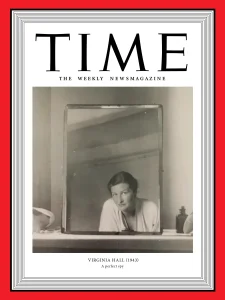
Melita Norwood, a British civil servant and lifelong communist, passed atomic secrets to the Soviets for nearly four decades. She was never prosecuted, only unmasked in her old age, a ghost who haunted the annals of Cold War espionage.
Today, intelligence is no longer a game of trench coats and tapped phones. Cyberwarfare, disinformation, AI surveillance, and rogue states have reshaped the battlefield. This new terrain demands not only technical prowess, but deft leadership and psychological acuity– qualities women in leadership are proving to possess in spades.
Still, challenges remain. Women are far from achieving parity in the clandestine world.
Operational units, tactical leadership, and national security strategy teams still skew male. But the ascent of Gabbard, Metreweli, Keast-Butler, and their counterparts sends a clear message: the gatekeepers of global intelligence are changing.


